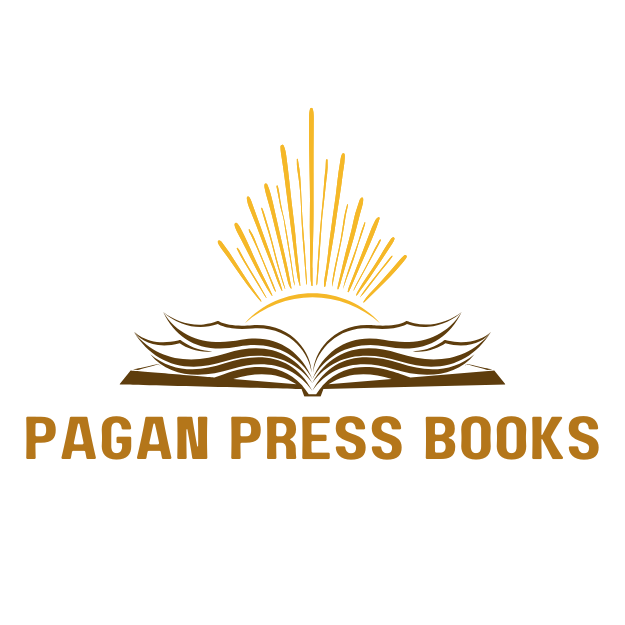Table of Contents
ToggleHave you ever found yourself staring at a user manual that felt more like an ancient scroll than a helpful guide? We’ve all been there, and it’s what’s prompted the need for effective technical writing. This art blends clarity and precision into one neat package, helping us navigate the often daunting world of technology. Let’s jump into how technical writing is used across various fields and why it’s more crucial than ever. Spoiler alert: It’s not just about making things sound pretty. It’s about making complex information accessible, engaging, and, dare we say, even enjoyable.
Understanding Technical Writing
Technical writing isn’t simply about putting black ink on white paper. It’s a communication art form designed to convey complex information in a way that everyone, regardless of their expertise, can easily understand. At its core, technical writing encompasses instructional manuals, guides, and documents that aim to improve our interaction with technology or complicated processes.
We often think of technical writing as something that happens in a corporate office, but it permeates many facets of our lives. From the user guide accompanying your latest gadget to the documentation that powers software applications, technical writing helps us make sense of the world.
Why is it so important? In today’s world, where technology changes at lightning speed, clear communication is critical for users and professionals to make informed decisions.
Applications of Technical Writing
Technical writing finds its way into various industries, and its applications are as diverse as they are vital. Here are just a few examples:
- Technology and Software: User manuals, online help systems, and API documentation.
- Healthcare: Medical reports, equipment usage guides, and training materials, ensuring that life-saving information is accurately communicated.
- Engineering: Specifications, product sheets, and manufacturing procedures, where precision is non-negotiable.
- Education: Curriculum guides and instructional materials that shape how knowledge is shared.
In each of these fields, technical writing serves to break down intricate concepts into digestible parts, making even the most complex information accessible to all.
Benefits of Effective Technical Writing
The impact of effective technical writing is palpable and far-reaching. Let’s explore some of the key benefits:
- Improved Clarity: Technical writing translates jargon into everyday language, reducing confusion and increasing usability.
- Increased Efficiency: Clear documentation saves time, allowing users to find precisely what they need without rummaging through pages of dense text.
- Enhanced Customer Satisfaction: Well-crafted manuals and guides lead to happier customers who can successfully use their products without frustration.
- Reduced Training Costs: Clear documentation minimizes the time spent training employees, letting them hit the ground running.
Next time we review a user manual, let’s appreciate the intricacies involved in crafting a document that’s both informative and engaging.
Common Tools for Technical Writing
To create stellar technical documents, we often rely on an array of tools that simplify the process. Some of the most common ones include:
- Markdown Editors: These are fantastic for writing formatted text easily and quickly.
- Help Authoring Tools: Software like MadCap Flare or Adobe RoboHelp helps in creating Help systems and user manuals.
- Graphic Design Software: Often used for creating diagrams, flowcharts, and other visual aids that enhance understanding.
- Collaborative Platforms: Tools like Confluence or Google Docs make it easier to work in teams and share feedback in real-time.
With the right tools at our disposal, we can streamline communication and elevate the quality of our technical documents.
Challenges in Technical Writing
Even though its importance, technical writing is riddled with challenges. We face issues like:
- Understanding User Needs: It can be tough to gauge the knowledge level of a diverse audience. We must craft our messages to fit different comprehension levels.
- Maintaining Consistency: Using uniform terminologies and formatting throughout lengthy documents is crucial, yet it often proves to be a Herculean task.
- Keeping up with Technology: As technologies evolve, so too must our writing. Staying updated is not a one-time effort but an ongoing process.
Yet tackling these challenges is what makes technical writing a dynamic and rewarding field.
How Is Technical Writing Used
The landscape of technical writing is evolving, influenced by technology and user needs. Here are some trends that are shaping its future:
- Increased Emphasis on Visual Content: Infographics and videos are set to play a bigger role, as users prefer visual information over lengthy text.
- AI and Automation: Tools powered by artificial intelligence can streamline writing processes and help generate drafts, making our jobs easier.
- User-Centric Documentation: The focus is shifting to creating documentation with the end user in mind, accommodating their preferences and habits.
As we move forward, we can expect a blend of traditional writing techniques with innovative technologies to create even better communication tools.




